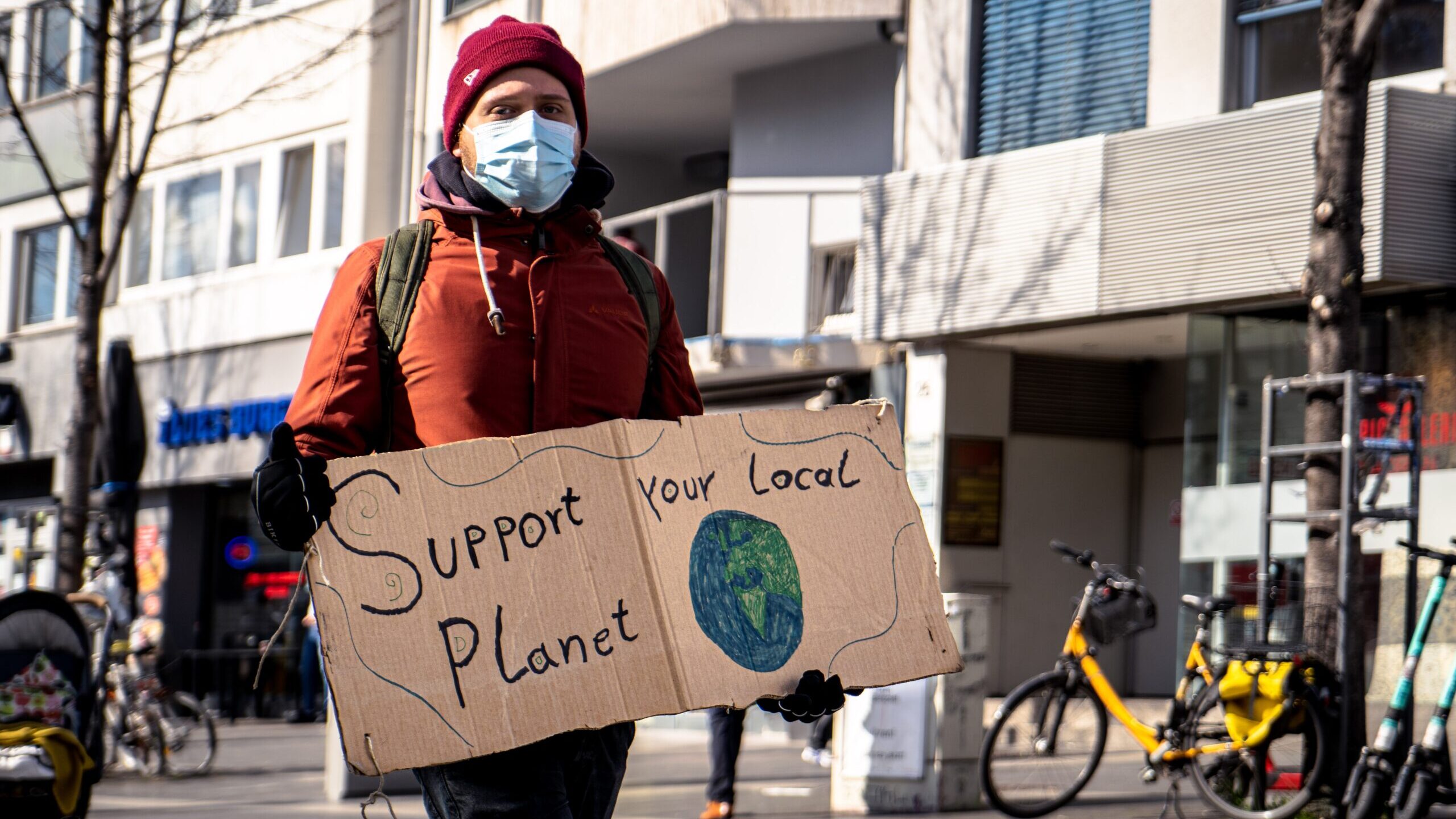The five D’s: Barriers to Climate Action
Norwegian psychologist Per Espen Stoknes has published significant work on why the human mind can have difficulty grasping climate change as a concept. In his research, he identifies five psychological barriers to climate change actions which he calls “the five D’s”. These barriers are Distance, Doom, Dissonance, Denial, and iDentity.
Here is a breakdown of each of the barriers:
Distance: Climate change is perceived as a problem that is distant in space, time, and influence. Climate change is a global problem its effects are often described as taking place in distant locations such as the Arctic, occurring on such a large scale of time, and requires an understanding of abstract concepts such as the effects of carbon dioxide, an invisible molecule.
All these factors lead to a perception of distance between the individual and climate change. This makes it difficult for the human body and mind to respond to since it is adapted to respond to immediate and visible threats that require an instantaneous choice between fight or flight.
Doom: According to Stoknes, one major error climate change messaging currently has is its apocalyptic framing. Climate change is often presented as the end of the world, and while this may be true to some extent, using fear as a motivator to call people to action is generally ineffective. This is because people can easily become numb or unresponsive to negative messaging especially when there are no clear actions for them to take.
Dissonance: Dissonance occurs when despite someone’s understanding of the presence and consequence of climate change, there is no corresponding change in their behavior to act upon the issue. The resulting discomfort this brings causes people to look for ways to shift the guilt off themselves such as by blaming the government or doubting the need for immediate action.
Denial: In order to avoid dissonance we often ignore or refuse to acknowledge facts about climate change that cause us guilt or fear. Denial is a much more comfortable mental state especially when you are able to join a community of like-minded individuals. Unlike what would is normally assumed, denial is based on self-defense when someone feels overly criticized rather than from a lack of accurate information.
iDentity: People like to form opinions that align with their perceived social, cultural, and political identities, and will unconsciously dismiss beliefs that aren’t held predominately by their group. As such, people who identify themselves as right-wing are less likely to believe in climate than those who identify as left-wing.
Understanding how our psychology is affecting our ability to take action on climate change is a vital step in finding ways to combat it. You don’t have to be a climate change denialist to fall victim to any one of these psychological pitfalls. Furthermore, understanding where climate change denial comes from can help foster more productive conversations with climate change denialists by providing us with a better understanding of where they are coming from.
Written by Alyssa Horng ‘26
Photo by Mika Baumeister on Unsplash

